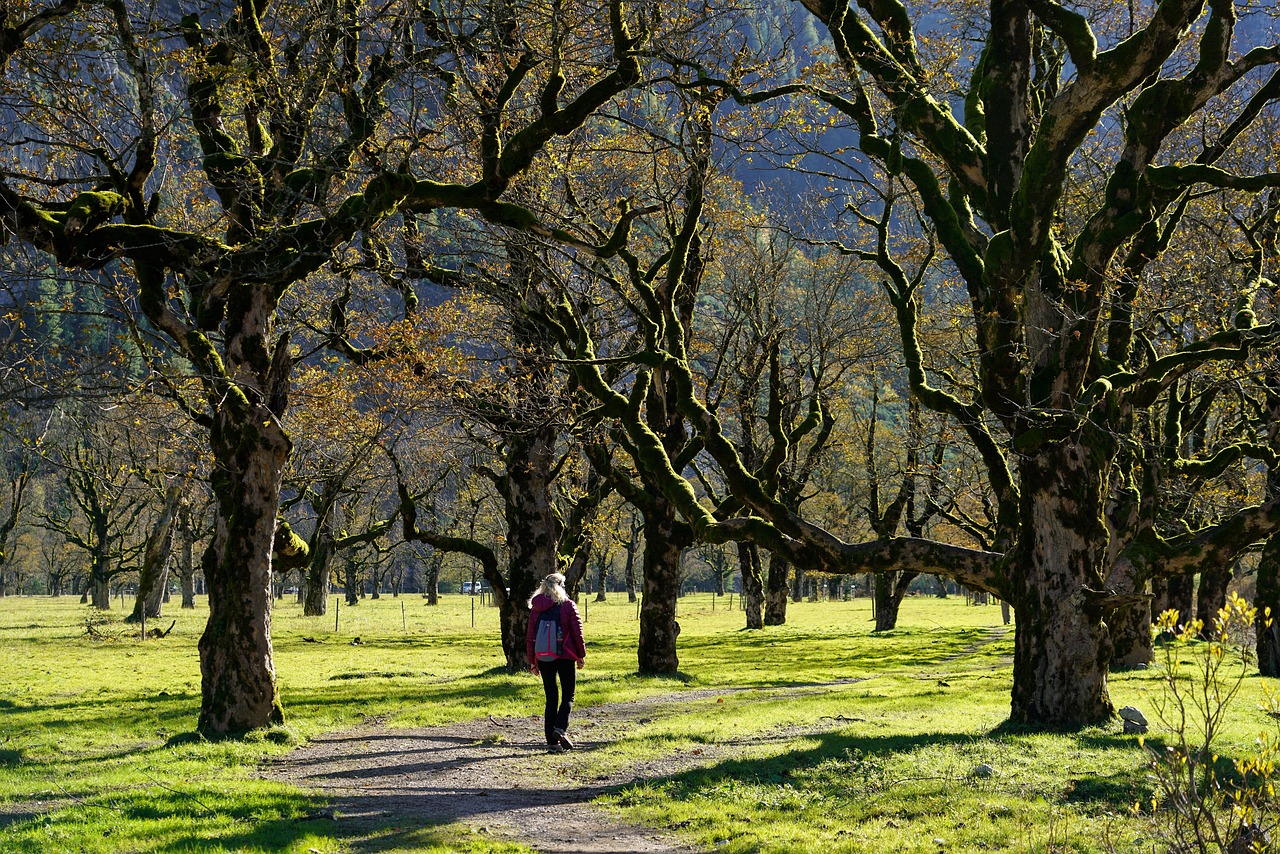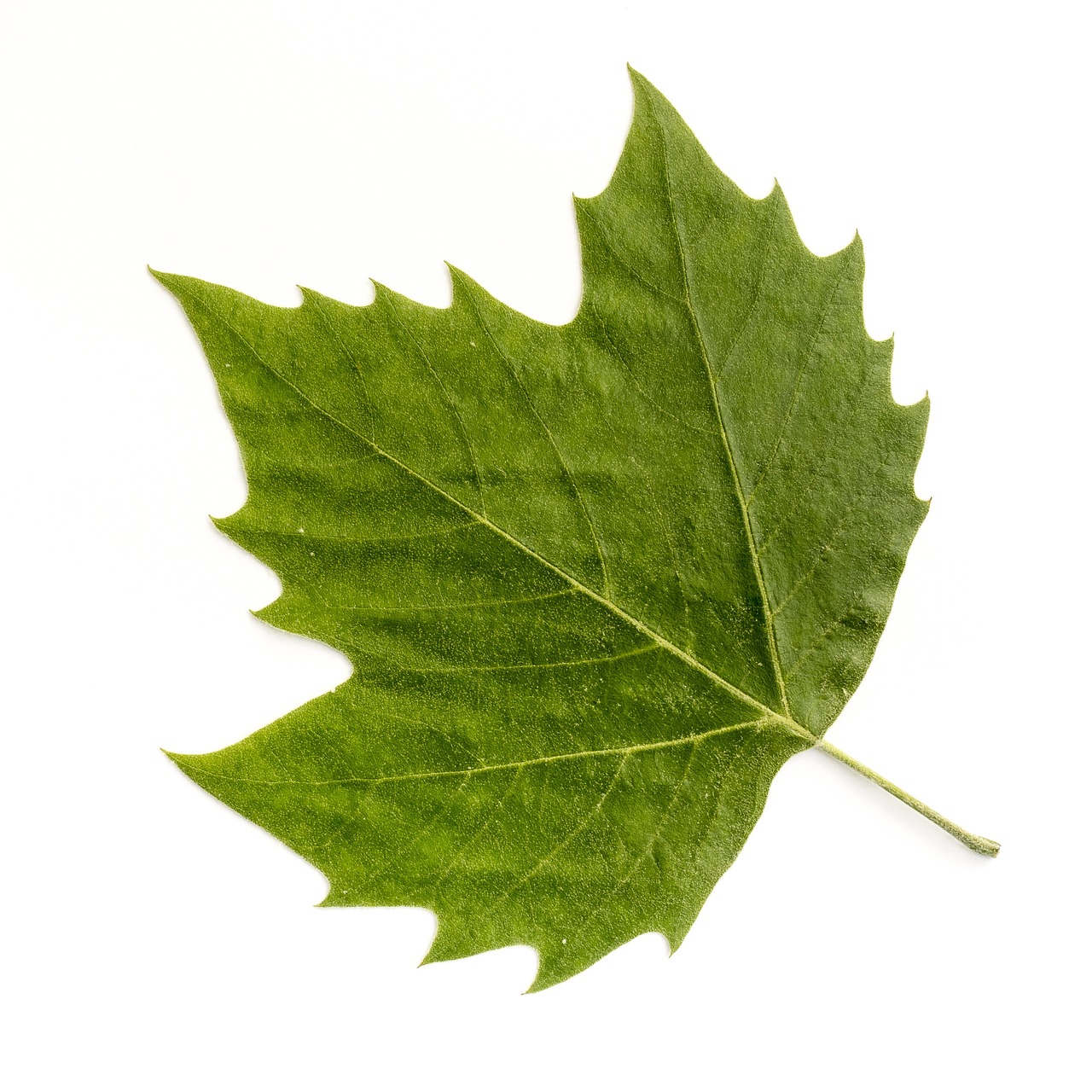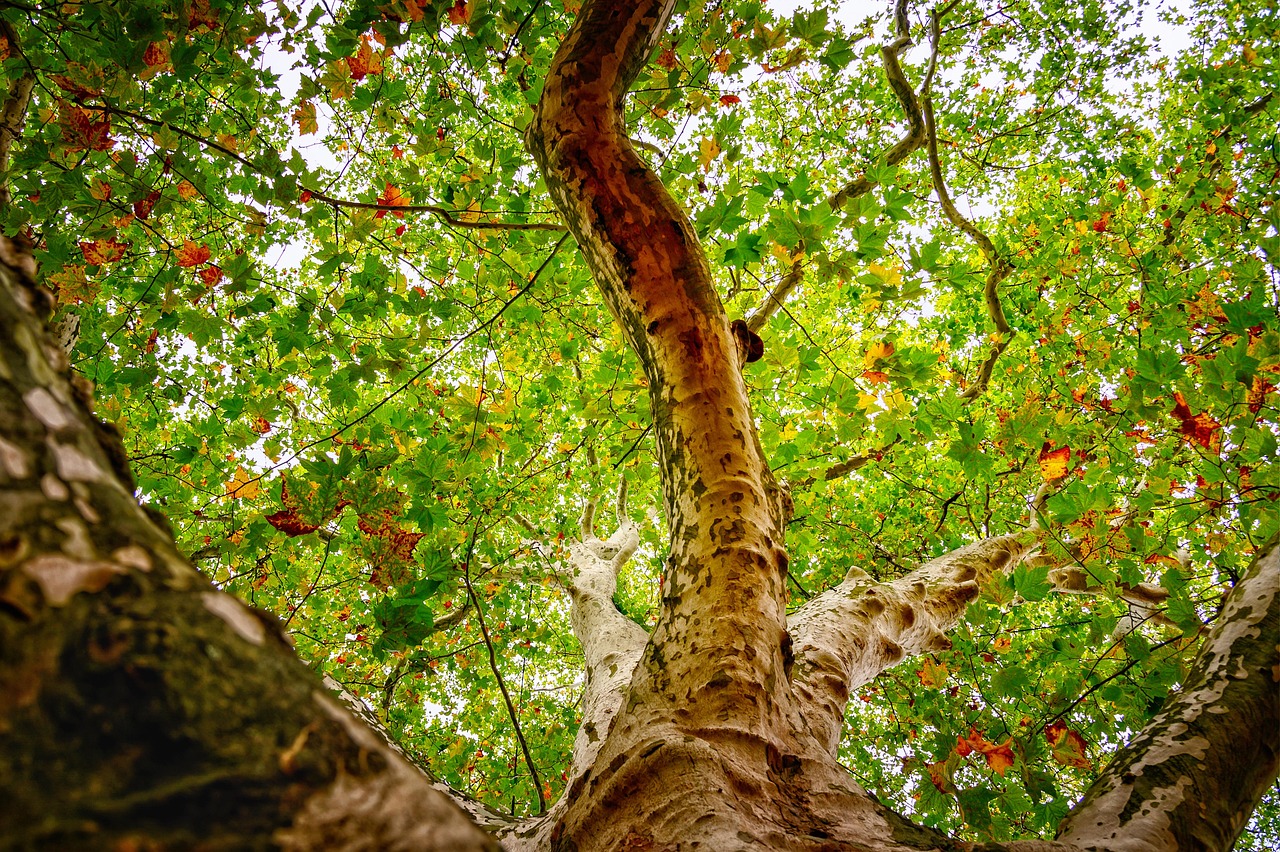Sycamore tree age can be determined using various methods, including counting growth rings, measuring trunk diameter, and analyzing bark characteristics. These indicators provide insight into the tree’s growth history and ecological significance.
The sycamore tree, known scientifically as Platanus occidentalis, is a majestic species native to North America. It is easily recognizable due to its distinctive bark and broad leaves. Understanding the age of a sycamore tree is essential for many reasons, including ecological studies, conservation efforts, and landscape planning. The age of a tree can offer insights into its health, growth patterns, and responses to environmental changes.
Tree age determination methods vary in complexity and accuracy. Some methods are non-invasive and can be conducted in the field, while others require more intensive analysis in a laboratory setting. Each method has its advantages, depending on the specific circumstances and the level of precision required.
Common Methods for Determining Sycamore Tree Age

There are several common methods for determining the age of a sycamore tree. Each method utilizes different indicators and techniques. Below are some widely used approaches:
- Counting Growth Rings: The most reliable method involves examining the tree’s growth rings. This can be done by taking a core sample or cutting down the tree.
- Measuring Trunk Diameter: The diameter at breast height (DBH) can provide estimates of age based on average growth rates.
- Bark Characteristics: The texture and thickness of the bark can indicate a tree’s maturity and relative age.
- Historical Records: In some cases, historical data about planting dates or local forestry records can help estimate age.
Each method has its own level of accuracy. Counting growth rings is often considered the gold standard for determining age. It involves either boring into the tree to extract a core sample or counting rings on a cross-section of the trunk if the tree has been cut down. Growth rings vary in width depending on environmental conditions, providing a detailed record of the tree’s life.
The DBH method, while less precise than growth ring counting, can still provide useful estimates. By measuring the diameter of the trunk at a standard height, researchers can correlate size with age based on established growth rates for sycamores in particular regions. This method is particularly useful when non-invasive techniques are preferred.
Bark characteristics also serve as indicators of age. Mature sycamores develop thick, mottled bark that can give clues about their life stage. Observations of bark texture and color can help differentiate between younger and older specimens, although this method is more qualitative than quantitative.
| Method | Description | Accuracy |
|---|---|---|
| Counting Growth Rings | Core sampling or cross-section analysis | High |
| Measuring Trunk Diameter | Diameter at breast height measurement | Moderate |
| Bark Characteristics | Observation of bark texture and thickness | Low to Moderate |
| Historical Records | Using archival data related to planting dates | Variable |
In summary, understanding how to determine the age of sycamore trees is essential for researchers, conservationists, and enthusiasts alike. Each method presents unique advantages and challenges that must be considered based on individual circumstances. The choice of method may depend on factors such as desired accuracy, tree condition, and available resources.
Factors Influencing Sycamore Tree Growth and Age
The growth rate and age of a sycamore tree can be influenced by various environmental and biological factors. Understanding these factors is crucial for accurately determining tree age and assessing its health. Some of the key factors include:
- Soil Quality: Nutrient-rich soil promotes robust growth, while poor soil quality can stunt development.
- Water Availability: Adequate water supply is essential for growth. Both drought and excessive moisture can impact age determination.
- Sunlight Exposure: Sycamores thrive in full sunlight. Insufficient light can lead to slower growth rates.
- Climate Conditions: Temperature extremes and seasonal variations affect growth patterns. Warmer climates may lead to faster growth rates.
- Pest and Disease Pressure: Infestations or diseases can hinder growth and affect the tree’s lifespan.
These factors interplay to shape the overall health and age of sycamore trees. For instance, trees growing in well-drained, loamy soils with ample sunlight will generally exhibit more significant growth compared to those in shaded or nutrient-poor environments. Understanding these influences can aid in selecting the best methods for age determination.
Growth Patterns of Sycamore Trees
The growth patterns of sycamore trees exhibit distinct characteristics that can provide insight into their age. These patterns can be understood through the examination of growth metrics, including height, diameter, and crown spread.
Height Growth
Sycamore trees are known for their impressive height, often reaching up to 100 feet at maturity. Height growth is typically rapid during the early years of a tree’s life. Factors such as competition with neighboring trees can influence vertical growth.
Diameter Growth
Diameter growth, measured at breast height (DBH), is another vital indicator of a tree’s health and age. The diameter usually increases significantly in the early years and continues to grow at a slower pace as the tree matures. This growth pattern can be affected by local conditions, including soil moisture and nutrient availability.
Crown Spread
The crown spread refers to the width of a tree’s canopy. For sycamores, a wider crown often indicates an older tree that has had sufficient space to grow. Young trees tend to have narrower crowns as they compete for light and resources.
The relationship between these growth metrics and age allows researchers to estimate a sycamore’s age based on its physical characteristics. By monitoring these patterns over time, one can gain insights into the tree’s life history and ecological role.
Using Technology for Age Determination
Advancements in technology have introduced new methods for determining the age of sycamore trees more accurately. These technologies enhance traditional techniques, providing deeper insights into tree growth. Some notable technological approaches include:
- Remote Sensing: Satellite imagery and aerial photography can help assess forest health and monitor growth patterns over large areas.
- Tree Ring Analysis with X-ray Imaging: This non-invasive method allows researchers to visualize growth rings without damaging the tree.
- 3D Modeling: Advanced software can create three-dimensional models of trees, allowing for detailed analysis of growth metrics.
By combining traditional methods with modern technology, researchers can achieve more accurate assessments of sycamore tree age. This integration enhances our understanding of forest ecosystems and aids in conservation efforts.
Challenges in Age Determination
Despite the various methods available for determining the age of sycamore trees, challenges still exist. Factors that complicate accurate age determination include:
- Variability in Growth Rates: Different environmental conditions can cause significant variability in tree growth rates, making it difficult to estimate age based solely on size.
- Human Impact: Urbanization and land-use changes can affect tree health and longevity, complicating historical assessments.
- Sampling Bias: When sampling trees for core analysis, there is a risk of selecting trees that do not represent the broader population.
Addressing these challenges requires ongoing research and adaptation of methods used in age determination. By recognizing these complexities, researchers can refine their approaches for better accuracy and reliability in assessing sycamore tree ages.

Ecological Importance of Sycamore Trees
Understanding the age of sycamore trees is not only about determining their lifespan but also about recognizing their ecological significance. These trees play a vital role in their environment, providing numerous benefits to both wildlife and human communities.
Habitat for Wildlife
Sycamore trees offer essential habitats for various species. Their broad leaves and extensive branches create shelter and nesting sites for birds, mammals, and insects. Some key points about their ecological role include:
- Bird Nesting Sites: Many bird species, including woodpeckers and songbirds, rely on sycamores for nesting.
- Insect Habitat: The foliage provides food and shelter for many insects, which in turn supports a diverse ecosystem.
- Mammal Foraging: Small mammals use sycamores for food and shelter, while larger animals may seek shade under their expansive canopies.
By supporting such a diverse range of wildlife, sycamore trees contribute significantly to biodiversity in their ecosystems.
Water Quality and Soil Stabilization
Sycamore trees also play a critical role in maintaining water quality and stabilizing soils. Their extensive root systems help prevent soil erosion, particularly in riparian zones. Key benefits include:
- Erosion Control: The roots anchor soil, reducing the risk of erosion along riverbanks and shorelines.
- Water Filtration: By absorbing excess nutrients and pollutants, sycamores help improve water quality in nearby streams and rivers.
- Flood Mitigation: Their presence can help absorb excess rainwater, reducing the impact of flooding during heavy rainfall events.
The ecological functions of sycamore trees are crucial in maintaining healthy landscapes and supporting surrounding ecosystems. Their ability to stabilize soil and filter water enhances the overall health of the environment.
Sycamore Trees in Urban Environments

In urban settings, sycamore trees are often planted for their aesthetic appeal and environmental benefits. However, determining their age and health is essential for effective urban forestry management. Key considerations include:
Urban Canopy Benefits
Urban canopies, which include trees like sycamores, provide numerous benefits to city dwellers:
- Air Quality Improvement: Trees absorb carbon dioxide and release oxygen, significantly improving air quality.
- Temperature Regulation: Tree canopies help cool urban areas, reducing the urban heat island effect.
- Noise Reduction: Dense foliage can act as a buffer against noise pollution, creating quieter environments.
Challenges in Urban Areas
Despite their benefits, sycamore trees face unique challenges in urban environments:
- Limited Space: Urban settings often restrict root growth due to pavement and nearby structures.
- Pest Infestation: High population densities can lead to increased pest pressures on trees.
- Soil Compaction: Heavy foot traffic can compact the soil around trees, limiting water and nutrient absorption.
Addressing these challenges is crucial for maintaining healthy sycamores in urban environments. Proper tree care practices can enhance their longevity and overall contribution to urban ecosystems.
The Cultural Significance of Sycamore Trees
Beyond their ecological roles, sycamore trees hold cultural significance in many communities. They have been used historically for various purposes, reflecting their importance in human life.
Historical Uses
The wood from sycamore trees is valued for its durability and workability. Historically, it has been used for:
- Furniture Making: Sycamore wood is often used in crafting furniture due to its attractive grain and strength.
- Musical Instruments: The wood is also utilized in making certain types of musical instruments, such as drums and woodwind instruments.
- Cultural Ceremonies: In some cultures, sycamores are considered sacred and are featured in local traditions and ceremonies.
This cultural connection emphasizes the value of preserving sycamore trees not only for their ecological benefits but also for their historical and social importance within communities.
Current Research on Sycamore Trees
Ongoing research continues to explore various aspects of sycamore trees, including their growth patterns, age determination methods, and ecological roles. Studies focus on understanding how these trees respond to changing environmental conditions, pests, and diseases.
Research findings contribute to better management practices for both natural and urban forests. By deepening our understanding of sycamore trees, it becomes possible to enhance conservation strategies aimed at preserving these vital species for future generations.
Conservation Efforts for Sycamore Trees

As awareness of environmental issues grows, so does the need for effective conservation strategies for sycamore trees. Various initiatives aim to preserve these trees in both natural and urban settings. These efforts focus on several crucial areas:
- Restoration Projects: Many organizations engage in planting sycamore trees in areas where they have been depleted due to urban development or environmental degradation. Restoration projects promote biodiversity and help restore natural ecosystems.
- Public Awareness Campaigns: Educating communities about the ecological benefits of sycamore trees is vital. Public campaigns inform people about proper care techniques and the importance of preserving these trees.
- Pest Management Strategies: Implementing integrated pest management practices can help protect sycamores from invasive species and diseases that threaten their survival.
- Urban Forestry Programs: Many cities have developed urban forestry programs that focus on maintaining and enhancing tree canopies, including the planting and care of sycamore trees.
Collaborative efforts between governmental agencies, non-profits, and local communities play an essential role in these conservation initiatives. These partnerships can lead to more effective strategies for protecting sycamores and their habitats.
The Role of Citizen Science
Citizen science has emerged as a powerful tool in monitoring sycamore tree populations and assessing their health. Community members can contribute valuable data through organized projects, such as tree surveys and health assessments.
Engagement and Participation
Citizen science projects often encourage local residents to participate actively in conservation efforts. Some key benefits of involving citizens include:
- Data Collection: Volunteers can help gather critical data on tree growth rates, health conditions, and biodiversity, contributing to larger research initiatives.
- Community Engagement: Involvement fosters a sense of ownership and responsibility toward local natural resources, leading to more sustainable practices.
- Educational Opportunities: These projects often include educational components that teach participants about ecology, conservation methods, and the importance of trees in the environment.
Through citizen science, communities can develop a better understanding of their local ecosystems while actively contributing to the conservation of sycamore trees and other vital species.
Future Directions in Research
Looking forward, several promising research directions could enhance our understanding of sycamore trees and their role in ecosystems. Key areas of focus may include:
- Climate Change Impact Studies: Investigating how climate change affects sycamore growth patterns, health, and distribution will be essential for adapting conservation strategies.
- Genetic Research: Studying the genetic diversity of sycamores may provide insights into their resilience against pests and diseases, informing breeding programs for improved species survival.
- Ecological Interactions: Further research into the relationships between sycamores and other species, such as pollinators and soil organisms, can reveal the interconnectedness of ecosystems.
This ongoing research will play a critical role in shaping future conservation approaches and ensuring the longevity of sycamore trees in various environments.
Final Thoughts
The age determination methods and ecological significance of sycamore trees underscore their vital role in both natural ecosystems and urban environments. As we have explored throughout this article, understanding how to accurately assess their age is essential for effective conservation and management practices. The challenges posed by environmental changes, urbanization, and pest pressures highlight the importance of ongoing research and community involvement in conservation efforts.
Sycamore trees not only contribute to biodiversity but also provide numerous benefits to human communities. Their cultural significance and ecological functions make them invaluable assets worth preserving. By fostering public awareness and engaging in collaborative conservation initiatives, we can ensure that future generations will also appreciate the beauty and importance of these magnificent trees.
In conclusion, the continued study and preservation of sycamore trees are essential for maintaining healthy ecosystems and enriching our communities. Through combined efforts in research, conservation, and education, we can safeguard the future of these remarkable trees, allowing them to thrive for years to come.
